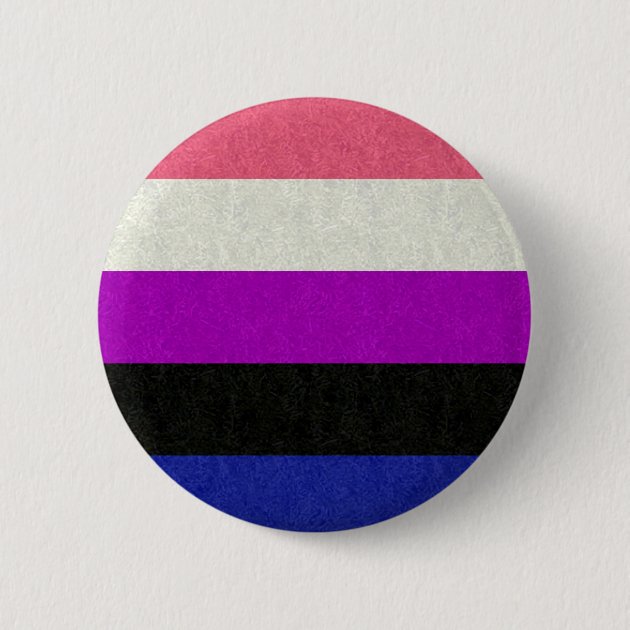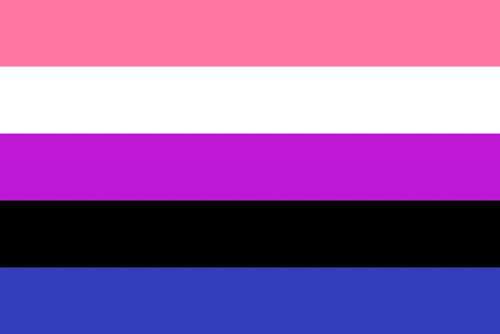

Hernandez, "Boundaries: Gender and Transgenderism" Gender fluidity is becoming commonly known as transgenderism: the ability to transcend gender, whether biological, emotional, political, or otherwise truly mixing male and female. Gender-fluid means that their gender identity and/or expression encompass both masculine and feminine.

Gender fluidity recognizes no borders or rules of gender." This sentiment is echoed, though not repeated, by transgender advocate Michael M. The earliest known definition appears in Kate Bornstein's book Gender Outlaw: On Men, Women and the Rest of Us, which defines genderfluidity as the "ability to freely and knowingly become one of many of a limitless number of genders, for any length of time, at any rate of change. CNN.The word "genderfluid" has been in use since at least the 1990s, although with a different meaning. Archived from the original on 25 October 2016.
#Halloween gender fluid flag manual#
Sexual Hygiene and Pathology: A Manual for the Physician and the Professions. "Why Are You Asking? Sexual Orientation and Gender Identity Assessment in Clinical Care". "Gender fluidity: What it means and why support matters". ^ Katz-Wise, Sabra (December 3, 2020).2 out of 7479 (0.03 percent) of respondents to the Australian Sex Survey, a 2016 online research survey, self-identified as trigender. Heidelberg, Germany: Springer Science+Business Media. "Man, Woman, "Other": Factors Associated with Nonbinary Gender Identification". Thousand Oaks, California: Sage Publications. Archived from the original on 22 November 2015. "Beyond the binary: what does it mean to be genderfluid?". Minneapolis, Minnesota: Twenty-First Century Books. Transgender Lives: Complex Stories, Complex Voices. The pink stripe of the flag represents femininity, the white represents lack of gender, purple represents androgyny, black represents all other genders, and blue represents masculinity. The genderfluid pride flag was designed by JJ Poole in 2012. In May 2015, added an entry for genderfluid. In February 2014, Facebook included "Gender Fluid" as one of the 50 identity options available. It was later used again in the 1996 book The Second Coming: A Leatherdyke Reader. The first known mention of the term gender fluidity was in gender theorist Kate Bornstein's 1994 book Gender Outlaw: On Men, Women and the Rest of Us.
#Halloween gender fluid flag how to#
As a result, opinions vary on how to categorize historical accounts of gender-variant people and identities, including genderfluid individuals. The modern terms and meanings of "transgender", " gender", " gender identity", and " gender role" only emerged in the 1950s and 1960s. Transgender people (including non-binary and third gender people) have existed in cultures worldwide since ancient times.


 0 kommentar(er)
0 kommentar(er)
